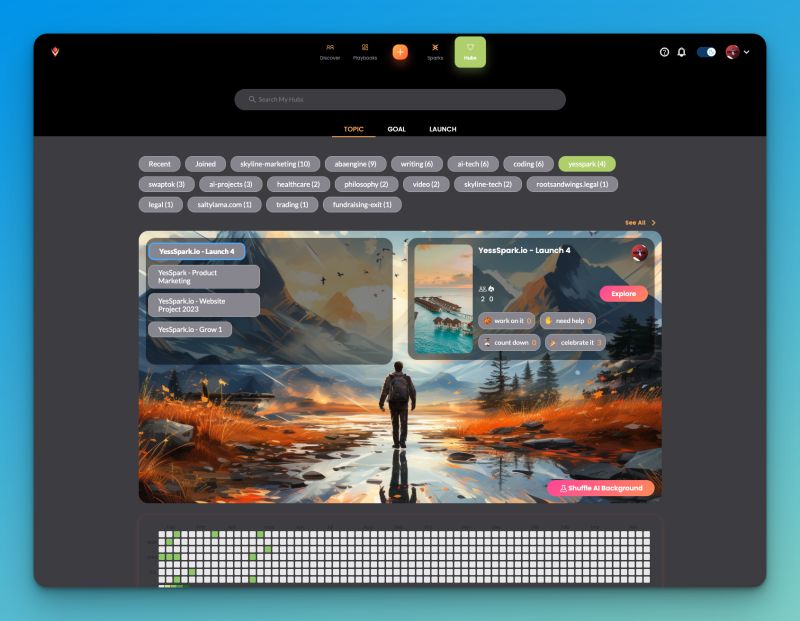How To Plan And Execute Successful Software Development Sprints
Software development sprints are a popular project management approach in agile software development. They allow teams to break down large projects into smaller, more manageable chunks, allowing for quicker development and feedback cycles. You can visit yesspark.io to plan and execute successful software development sprints that require careful preparation and coordination.
Key steps involved in planning and executing successful software development sprints.
1. Define the Goal and Scope of the Sprint
Before starting a sprint, it is crucial to define the goal and scope of the sprint. The goal should be specific, measurable, attainable, relevant, and time-bound (SMART).
2. Break Down the Scope into User Stories and Tasks
Once the scope is defined, the next step is to break it down into user stories and tasks. User stories are short, simple descriptions of a feature or functionality from an end-user perspective.
3. Estimate the Effort and Set Sprint Duration
Estimating the effort required for each user story and task is essential for planning the sprint duration. The team should collectively estimate the effort using techniques like story points or ideal days.
4. Plan the Sprint Backlog
The sprint backlog is a prioritized list of user stories and tasks that the team commits to completing during the sprint. It should be created in collaboration with the product owner and the development team.
Conclusion:
Planning and executing successful software development sprints require careful preparation, coordination, and communication. By following the key steps outlined in this article, teams can increase their chances of delivering high-quality software within the defined timeframes.
